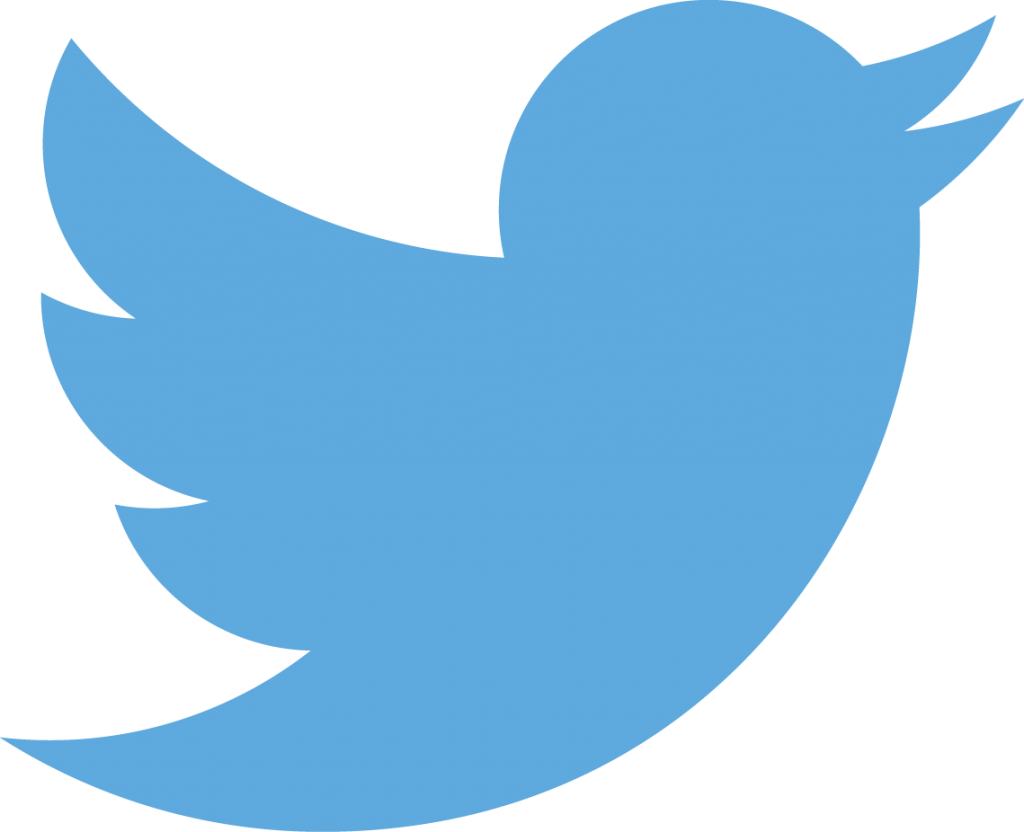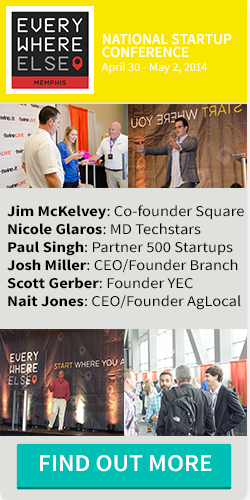
I’ve been spoiled throughout my career of building teams in large tech companies. I’ve had all the luxuries: infinite resources, time, and large pools of qualified candidates. At Google, we always had a steady stream of graduates from top schools flowing into the organization in entry-level positions. When it came time to build a new functional team, I would simply pull from the group of internal all-stars we had at our fingertips.
In the startup world, things are different. When the momentum is building and things are moving fast, your company begins to feel the push that comes with an early rush of success. The call to scale comes soon after. Assuming you have all the necessary prerequisites to scale (a demand for your product and the resources to make moves), answering that call quickly can be a big challenge.
At my current startup, Porch.com, we are in rapid growth mode. We are using the following principles to build powerful and effective teams while speed-scaling.
Know Your Numbers
If you have a team of nine and you hire one, that person is now 10 percent of your team! Hiring the wrong person in a group that small can be fatal. You still hand-pick your players and can exit bad hires, but so much rides on getting it right the first time.
When I am evaluating candidates, I weigh references and past success heavily. You have to be pickier in a startup because you’re moving quickly. Utilize lean startup methodologies when hiring. For certain roles, I like getting references during the phone screen so I can check them before investing more time interviewing.
Find People Who Fit
The people who thrive in startups are cut from a different cloth. Many just aren’t willing to burn the midnight oil to build something great and enduring. There are two major characteristics I look for when selecting candidates:
- Flexibility – Things change rapidly in a startup. Can your teammate accept that and live a lifestyle with frequent ups and downs? To scale efficiently, startups need people onboard who can adapt quickly and welcome change. The startup grind is a lifestyle, not a job.
- Problem solvers – Part of working at a startup means there are many unanswered questions. To many people, that’s what attracts them in the first place. Hiring problem solvers goes a long way. You need people who can identify questions you didn’t know existed in the first place.
Build With Organization Architecture in Mind
Anyone who has worked in a fast-moving startup has seen it happen: as teams grow and departments divide, your once swift and scrappy startup begins to surface some bureaucratic characteristics. The culprit is the communication breakdown that happens in a poorly architected organizational structure.
You might be growing a mighty force of talented developers, but if they can’t effectively communicate with product and design teams, building your product will be slow.
Take a look at your company and figure out which departments are essential to bringing your products to life quickly. Find ways to tie them together. Build pathways with clear leadership so decisions can be made quickly and autonomously within that team.
Architecting a company structure is easier said than done. It takes careful planning and monitoring on a continual basis from top-level leadership.
Optimize Your Space
As much as I enjoyed the scrappiness of working from our CEO’s basement for our first year, it quickly came time for us to move into our first “real” office space. We had several talented interns on the way for summer and we realized we needed a setup that would both allow us to maintain our scrappy culture and give us enough room for proper expansion.
It’s not uncommon for a startup to have a few offices before landing on a final location, so the ideal setup often involves flexibility for expansion while only paying for what you’re using. Try finding a large, mostly vacant space and negotiate terms that allow you to rent more square-footage as needed. You can maintain your lean efficiency while eliminating the need for frequent and costly relocations.
Speed-scaling a startup is no easy task — but it’s a good problem to have. It means your company has done something right. Keep building on your foundation. Get the right people in the right roles and give them the environment (figuratively and literally) to build something great.
Ronnie Castro is co-founder of http://porch.com, a start-up aimed at helping people manage and love their biggest asset – their home. Operations, revenue generating and customer acquisition experience with Google, Expedia and WildTangent.
The Young Entrepreneur Council (YEC) is an invite-only organization comprised of the world’s most promising young entrepreneurs. In partnership with Citi, YEC recently launched StartupCollective, a free virtual mentorship program that helps millions of entrepreneurs start and grow businesses.







 Even the best businesses can have trouble adjusting to social media. It’s understandable that plenty of profitable and professional companies don’t use Twitter correctly, especially if they’ve been in business for many years before social media came into play. However, customers keep up with businesses online, and they will judge your ability to use Twitter and other social media sites.
Even the best businesses can have trouble adjusting to social media. It’s understandable that plenty of profitable and professional companies don’t use Twitter correctly, especially if they’ve been in business for many years before social media came into play. However, customers keep up with businesses online, and they will judge your ability to use Twitter and other social media sites.










